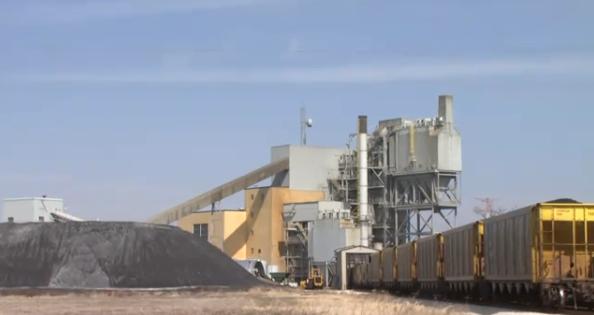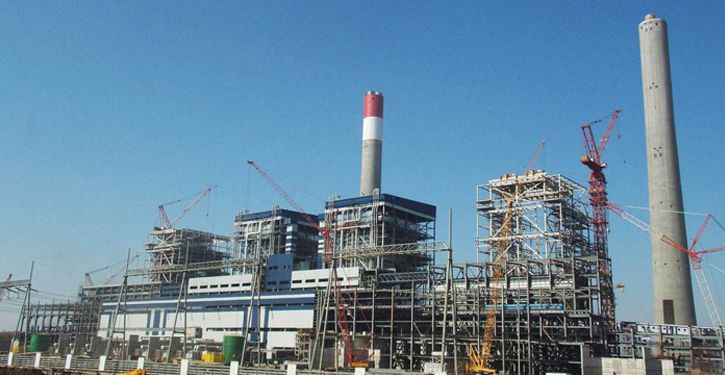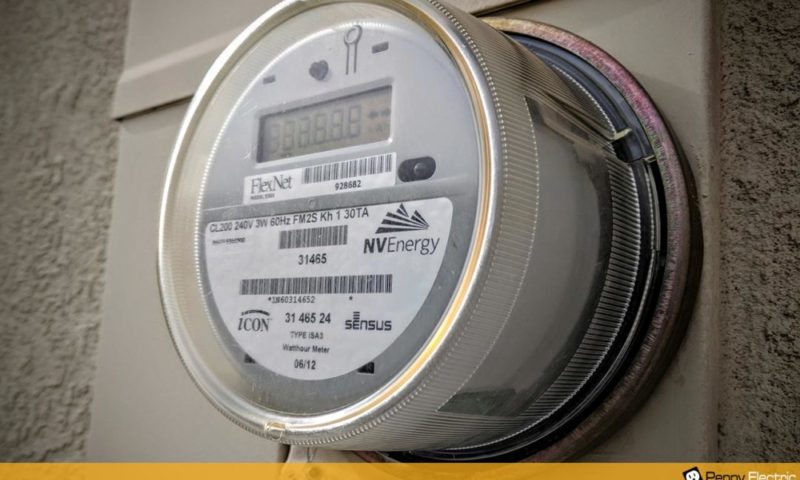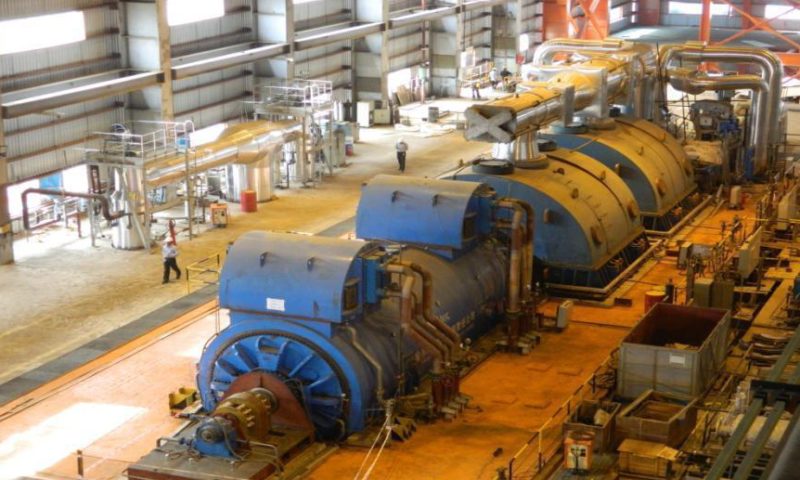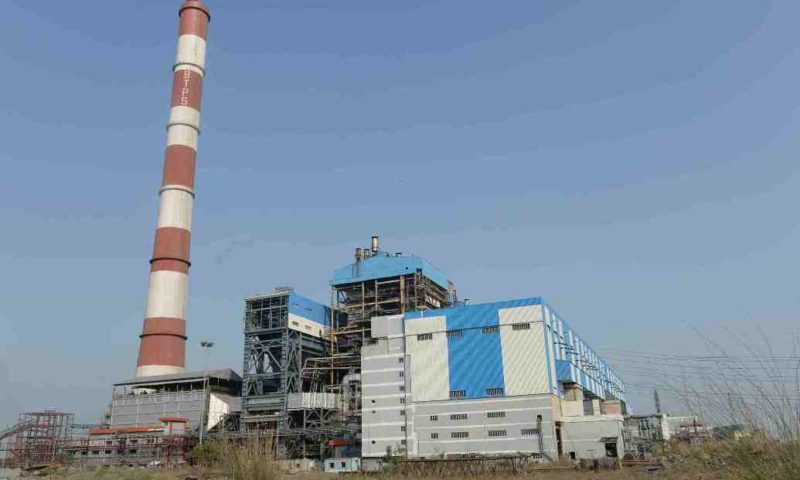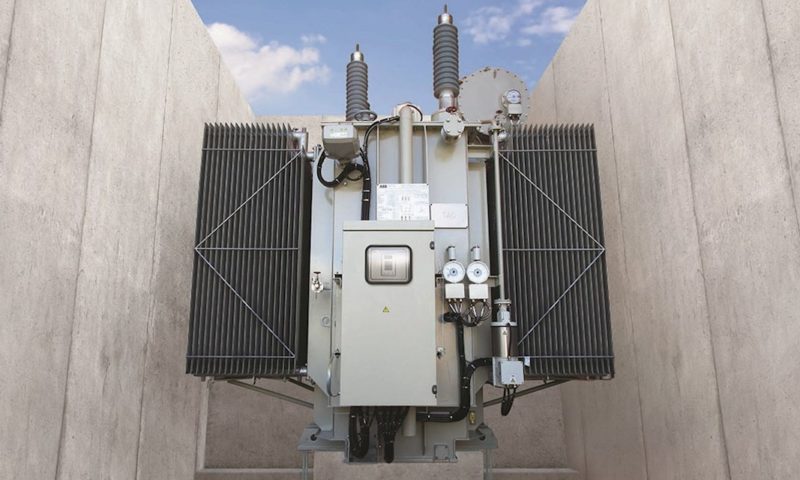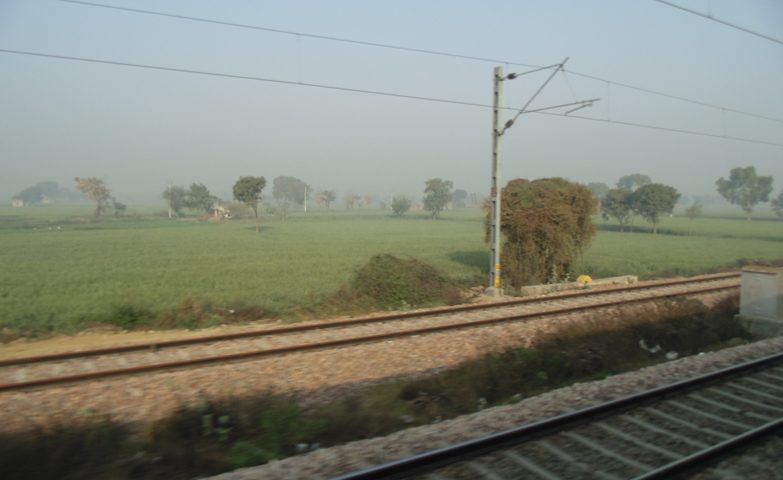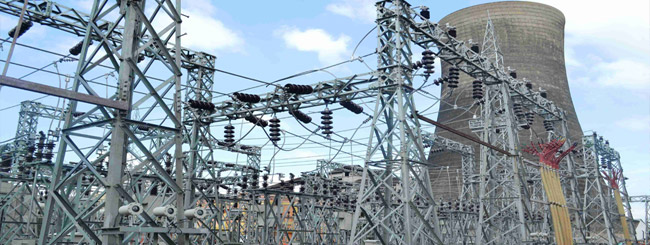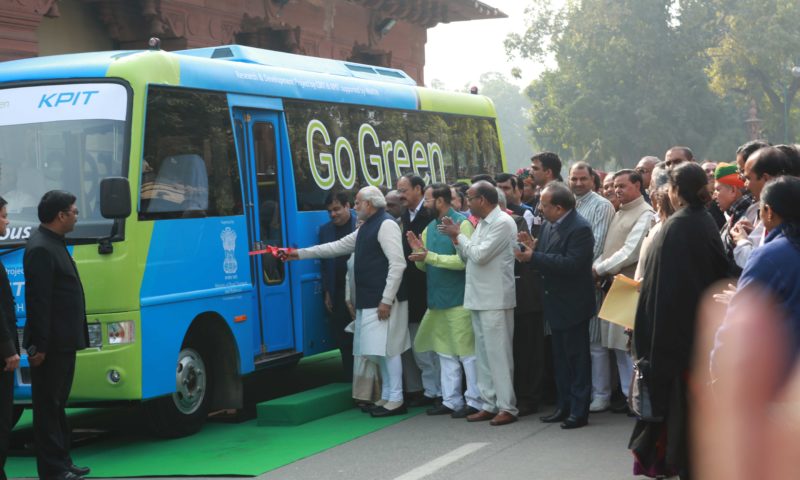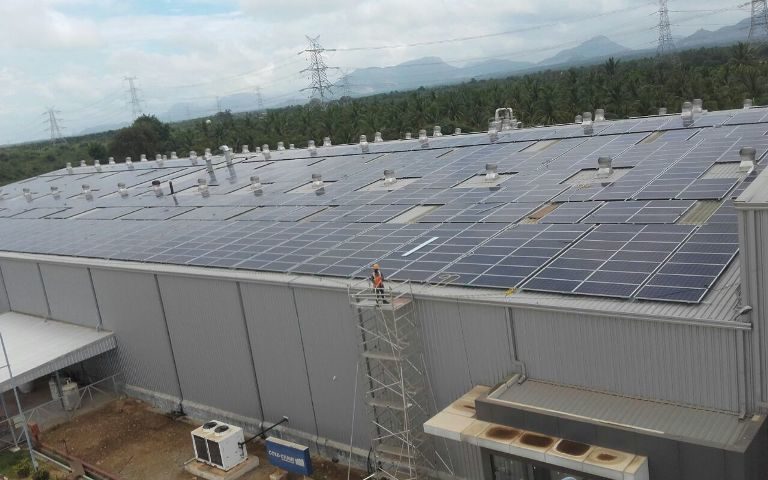Waterway movement of fly ash must be encouraged
Very recently, it was reported that a large consignment of fly ash was flagged off from NTPC Kahalgaon in Bihar, destined for Pandu in Assam. The interesting part of this movement was that it will be taking place via waterways. The 2,000-tonne consignment will take the Indo-Bangla route to reach Assam. While NTPC bore the cost of loading the fly ash into the barges, the cost of transporation will be borne by Inland Waterways Authority of India (IWAI) and Star Cement, the ultimate consumer of the fly ash.
Disposal of fly ash has been a perennial issue with operators of coal-based power plants. Not only is handling fly ash expensive, it has far reaching environmental implications.
Due to favourable physical and chemical properties, fly ash can be used in low-density fly ash bricks, village roads and even in the manufacture of sewage pipes. However, due to its low commercial value and the high cost of transport, fly ash could not be efficiently delivered from the point of generation to the point of consumption.
Currently, fly ash is transported by rail, which is not very cost effective. Secondly, there is also the issue of availability of rakes. It is estimated that there exists potential to dispatch 30 rakes of fly ash from the Kahalgaon plant, on a monthly basis. However, the actual number of rakes is in the region of 15-20 only.
Coal-fired power plants meet the base load, and as such, the reliance on coal plants is predominant. Electricity generated from coal accounts for over 70 per cent of the total electricity generated from all sources. India is also moving to supercritical technology for coal-fired power plants. Experts suggested that though such power plants are more efficient, in terms of electricity produced per unit of coal consumed, the generation of fly ash is more than that in conventional (subcritical) power plants.
There is huge demand for fly ash in north east India. With existing practices, which is to say movement by railways, this demand cannot be met. Movement of fly ash through waterways could be just the right solution, addressing the needs of both power plant owners and fly ash consumers.

